Military personnel have begun their training to drive oxygen tankers in support of the NHS as part of the Armed Forces contribution to the Coronavirus outbreak response, say the MoD.
“They will be able to deliver oxygen supplies to NHS facilities around the country if needed. Training began on Monday 23 March at an Air Products facility in Carrington, near Manchester. Armed Forces personnel from all three services will work alongside the civilian experts who provide oxygen to the NHS on a daily basis.
By the end of this week, a number of military personnel will have completed their training to fill the oxygen tankers, drive them safely and deposit the oxygen at NHS facilities.”
Colour Sergeant Nick Barber, from 1st Battalion The Duke of Lancaster’s Regiment, British Army, said in a news release:
“Once our training is complete at the end of the week, we will be on standby to move forward and deliver the essential supplies should we need to. We will be trained, confident and ready to go.”
The MoD add that the Armed Forces are preparing to provide oxygen tanker drivers to support the NHS as part of the Military Aid to Civil Authorities (MACA) process. The training is part of prudent planning to ensure the NHS has the number of drivers it needs.
“Military personnel will be able to take control of the oxygen tankers and take the stock to where it’s required if asked. On 18 March Defence Secretary Ben Wallace announced new measures to enable Armed Forces personnel to support public services in response to the coronavirus outbreak.
Around 20,000 members of Armed Forces personnel are stood at readiness to help support the Government’s effort to respond to the coronavirus outbreak.”


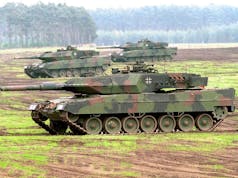
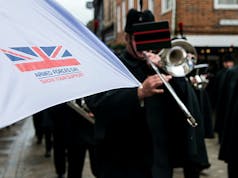
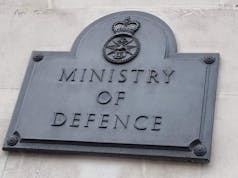

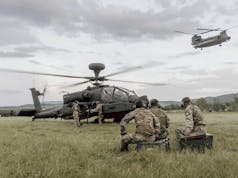


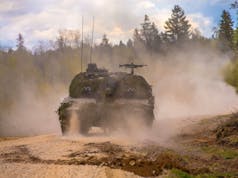

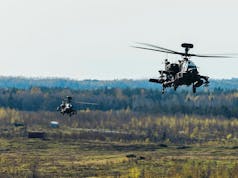

I would imagine the Armed forces has no shortage of highly skilled drivers given the nature of the job they do. Many have to transport VIP’s and driving the huge tank transporters and the like can’t be easy.
The Royal Logistic Corps have plenty of Regiments who’s role is to drive various trucks, from HET to fuel trucks.
So what training is needed or is it more procedures with the load itself and the loading / unloading, rather than the actual driving?
Liquid Oxygen or Lox is very dangerous. It will ignite if it comes into contact with grease/oils and some fuels. You have to make sure than the hose connections, fittings and your clothing are scrupulously clean, otherwise it could lead to an explosion. Having sat through a number of lectures showing the hazards of Lox, I kid you not on how dangerous the stuff can be if not handled correctly or treated with respect.
See the link:
https://www.youtube.com/watch?v=MY5JbcjbgYE&has_verified=1
It’s not very PC by today’s standards as in was made in the 60’s, but it gets the message across.
Blimey! Thanks for that. Extremely interesting viewing. With today’s situation it’s rather ironic that the closing scene in the video is one showing an invasive ventilation procedure.
Thanks Davey. Good Lord! Now I understand.
Davey is right, I’ve seen a small size c/d oxygen cylinder explode before, it was like a thermobaric weapon. Big fire, intense heat, much damage, fortunately only a training exercise but it gave me a healthy fear and respect for piped and cylinder oxygen supplies. These tanker drivers are driving in essence a huge bomb.
It’s also held under high pressure and failures in the pressure vessels attachments and seals does happen. I’ve seen a hospitals main storage tank go off in a high pressure mist of the good stuff. Not only was it noisy, scary ( OMG it’s going to ignite and burn down half the hospital scary) but it meant we lost all our wall mounted O2 in one catastrophic event……that is just about the one of baddest things that can happen to a hospital infrastructure……we had to go the bottled O2 and fly by the pants until they could fix the main supply.
“If needed” it’s not like the civilian drivers have went on strike, supplys are getting through easily and faster due to less road traffic.
The high side of staff sickness is potential 20% of the workforce of sick or isolating, that will impact numbers of drivers. If 5% of the people infected with covid19 develop ARDS that will mean acute trusts are burning through oxygen like it’s…..well the only thing keeping their patients alive. On a normal day most patients in a hospital will not have ARDS and will not be needing high flow oxygen…on a covid day it’s likely most of them will.
my advice By BOC shares.